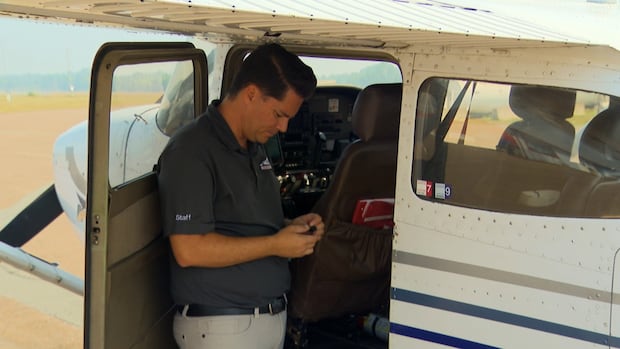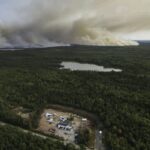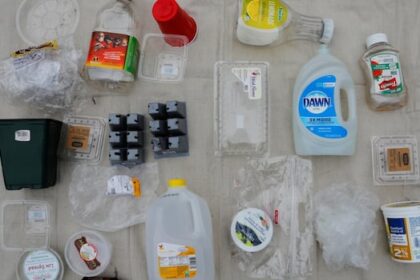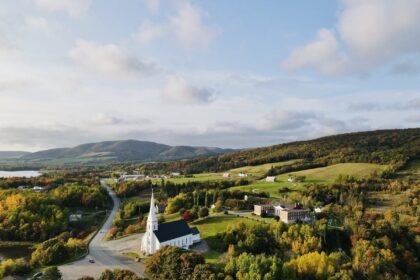Nova ScotiaWhile crews battle wildfires across Nova Scotia, a team out of a small rural airport has been taking to the sky to try to locate smoke and flames before they become a major problem.Crews on 3 planes with Truro Flying Club see new fires ‘every day’Josh Hoffman · CBC News · Posted: Aug 18, 2025 5:00 AM EDT | Last Updated: 3 hours agoTony Adey is part of the fire patrol crews based out of the Truro Flying Club that help the province respond to fire activity across Nova Scotia. (Paul Poirier/CBC)While crews battle wildfires across Nova Scotia, a team out of a small rural airport has been taking to the sky to try to locate smoke and flames before they become a major problem.Fire patrol crews based out of the Truro Flying Club in Debert monitor fire activity from Yarmouth to Sydney. The crews are made up of a pilot and a spotter who work with the province’s Department of Natural Resources to direct resources.”We see something on every patrol and we’ve got three aircraft going every day, so we’re finding a lot of fire activity,” said Tony Adey, a pilot with the crews.Adey took this photo of the Long Lake wildfire near West Dalhousie, N.S. (Tony Adey)The crews, contracted by the province through the flying club, have been busier than usual this year, said Adey.They cover three routes and they’ve spotted fire activity in every part of the province, he said.”The fire ban, it’s real. The fire risk is real,” he said. “We need people to not be going in the woods because we are finding fires that are caused by human activity.”Water levels low, leaves changing earlyAdey said he can see clear signs of how dry it is in Nova Scotia when he’s in the air. “We can watch on a week-over-week basis, for example, the water level in lakes dropping,” he said.Rivers that normally flow are now dry, Adey said.But bodies of water are not the only indicators of the tinder-dry conditions noticeable to the pilots. “When you go up, you see the leaves of the trees, they’re all turning red and yellow because they’re parched for water,” said Denyse Sibley, manager of operations and chief pilot at the Truro Flying Club. The club has been assisting the Department of Natural Resources as contractors for the last 10 years, Sibley said.Denyse Sibley, operations manager and chief pilot at the Truro Flying Club, said visibility has been a concern during patrols this summer due to the smoke from all of the fire activity. (Paul Poirier/CBC)She said they’re just one part of a multi-layered approach to trying to prevent wildfires in Nova Scotia from getting out of control. “It’s incumbent upon everybody to take a role, including the public,” she said. “Our end of it is the aerial surveillance.”Adey said he initially became involved in the patrol crews in 2021 as a way to keep communities safe. He said it takes a lot of teamwork to be successful. “There’s great satisfaction in this work when we find a fire when it’s small …and then within a couple of hours our fire is extinguished and most people in Nova Scotia don’t hear about it,” he said.ABOUT THE AUTHORJosh Hoffman is a reporter for CBC Nova Scotia. Josh worked as a local radio reporter all over Canada before moving to Nova Scotia in 2018.
Eyes in the sky: Patrols out of small rural airport help N.S. fire response











